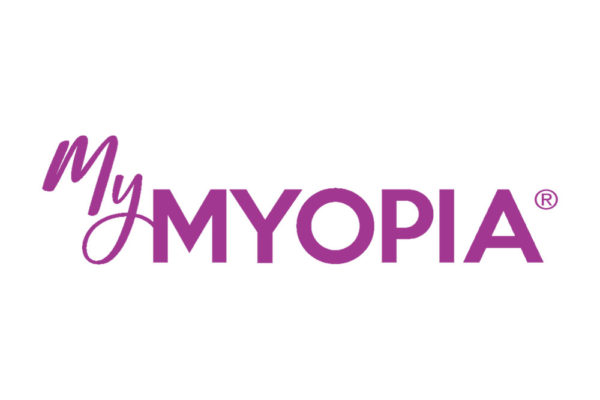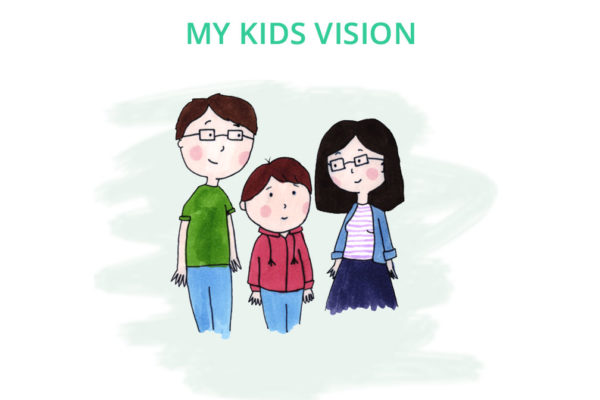Pediatric Myopia
May also be called: nearsightedness
Pediatric myopia is nearsightedness that occurs in children. Myopia (nearsightedness) is a refractive error whereas light enters the eye and focuses in front of the retina (light sensitive tissue of rods and cones in the back of the eye) instead of on the retina. This causes issues primarily with seeing clearly far away.


